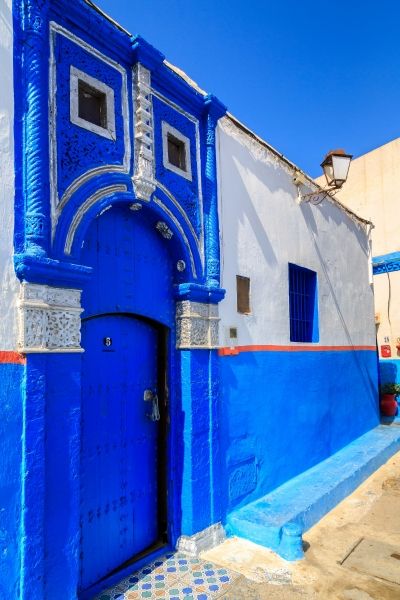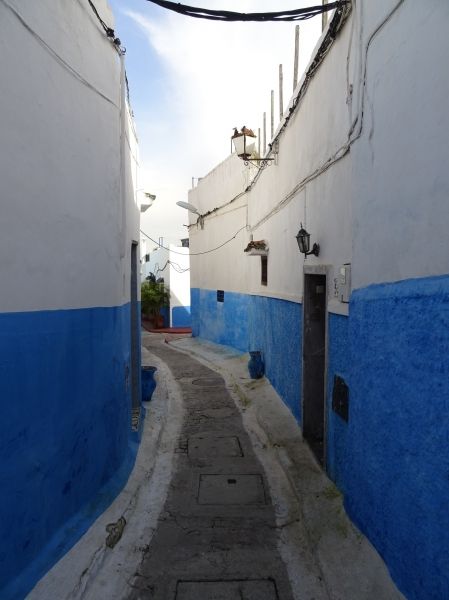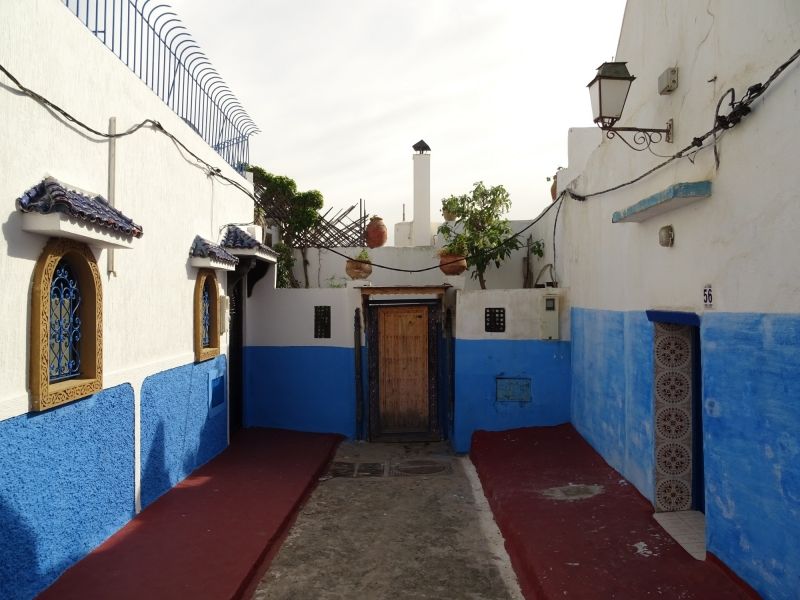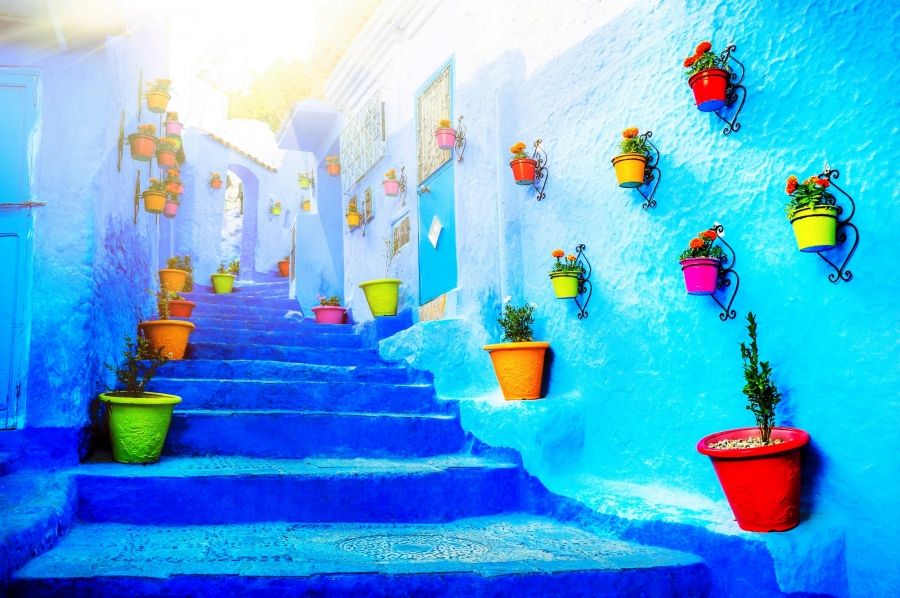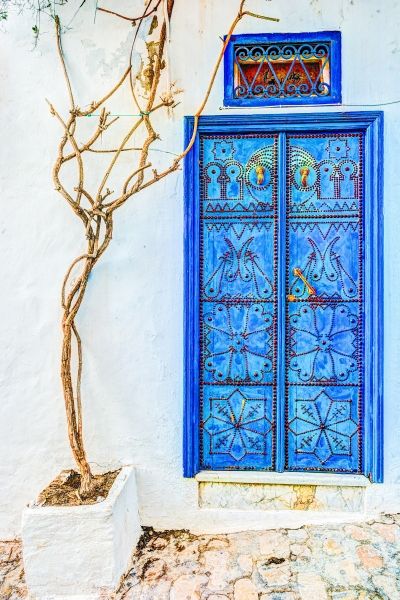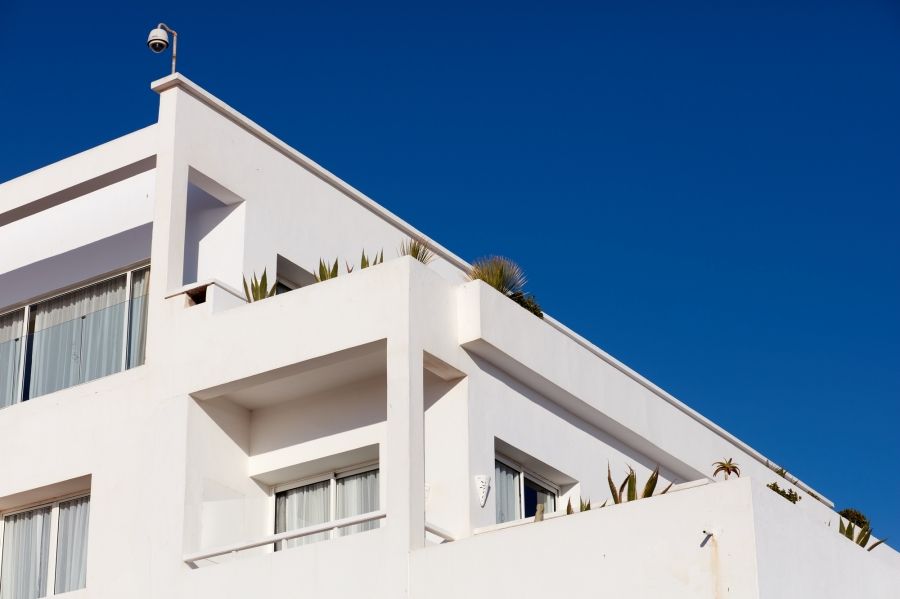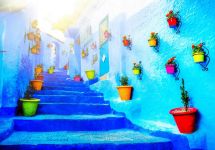Chefchaouen - a charming sky blue town in Maroco
It is difficult to say exactly where the sky begins and buildings end. Almost all walls in Moroccan Chefchaouen are painted blue.
But this is not the same blue colour - it’s hard to count its shades. Cornflower, turquoise, sapphire, cyan, azure, cerulean, royal blue, Prussian and Thenard - these are just a few of them. They appear on facade elements as well as on shutters and doors. They can be found almost everywhere. Where to find the origins of this blue magic?
Although the locals joke that blue allows to get rid of mosquitoes effectively and the colour itself magnifies a feeling of coolness and freshness (that is the truth actually), fascination with blue colours began in past centuries. Historical sources provide that, until about 1930, Chefchaouen was inhabited by a large community of Jews. They came from Spain and cultivated almost all forgotten saddle traditions and painted their houses blue - in this symbolic way they wanted to be closer to heaven.
Others claim that blue was to protect the inhabitants from “bad eye”, i.e. bad charms. Nobody knows really what the truth was. Yet the colour was accepted - and even today all the walls in this Moroccan town - although the Jews no longer live there - are covered with blue paint.
Often sky-blue are only those parts of buildings that come into contact with the ground. The upper part is painted white - in this way the walls reflect the light and preserve pleasant chill indoors. Regardless of time of the day.
Chefchaouen was founded in the 15th century, exactly in 1471 by Mulay Raszid. It was a fortress during fights against the Portuguese, especially those residing in Ceute. Hence, plenty of narrow streets, e.g. shaded alleys, can be found there. But this is not the end of Chefchaouen's peculiarities. A charming blue town is distinguished by specific wavy lines - including walls and stairs. Where does it come from? Thanks to applying more and more new paint coatings (including gypsum) in subsequent years. And this takes place every year - as according to the local custom - the houses are renovated every 12 months.
